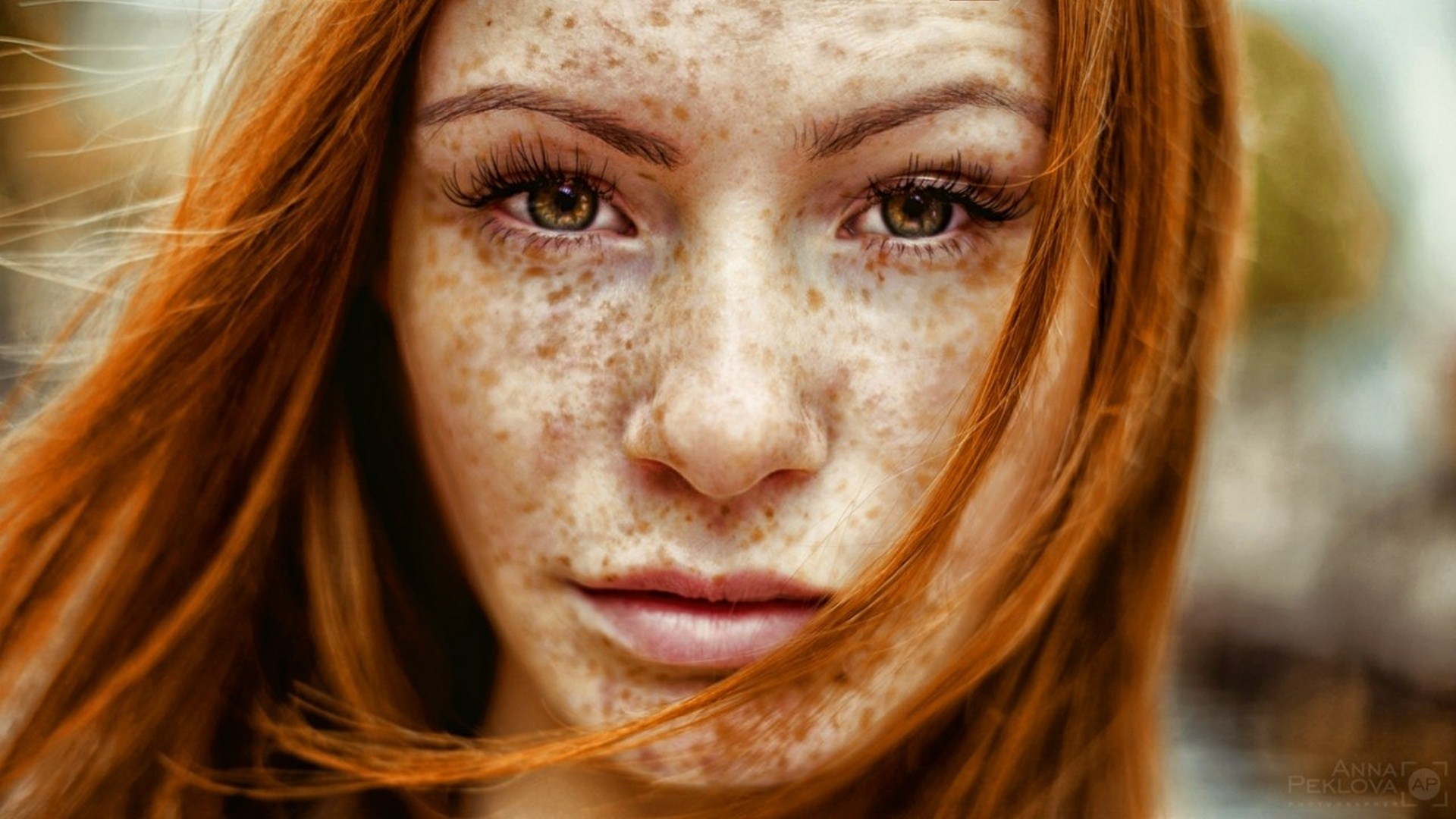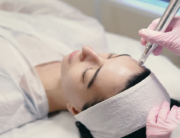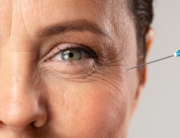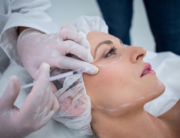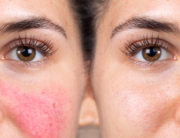How do brown spots appear?
Brown spots are pigmentary clusters, of different shapes and sizes, that can accumulate on the hands, face, shoulders and neckline. They are the result of hyperpigmentation of the skin in areas that are most exposed to ultraviolet rays. They can appear at any time as an adult.
There are several types of brown spots :
• Spots of cicatricial origin : skin lesions such as acne pimples and acne scars are the most common cause of early onset of brown spots in their twenties. The sun promotes inflammation of the pimples, making them easily prone to hyper-pigmentation.
• Hormonal hyper-pigmentation : the change in hormonal balance caused by certain medications, such as the contraceptive pill, can also lead to the formation of brown spots when you expose yourself too much to the sun. Hormones make melanocytes (those cells that produce pigments that color our skin) more sensitive to solar radiation.
• The pregnancy mask : equally known as melasma, these brown spots are a result of the overly active hormones during pregnancy.
• Age spots : years of UV ray exposure surfaces. The aging process and changing hormones can in effect change your bodies natural distribution of melanin.
• Solar lentigo : as a result of prolonged exposure to sun rays the skin reacts and takes on a darker complexion. These spots can produce at any age if we do not protect ourselves. On the other hand, melanocytes tenc to age faster when they are over stimulated.
Prevent and monitor brown spots
If the areas affected by brown spots are rarer in men, it is for the simple reason that they do not adopt the same behaviour as the fairer in the sun, not exposing the same parts, like the neckline for example. It is important, brands or not, to have a responsible attitude towards UV.
Sunscreen with a high index of at least 50 applied regularly, clothing that best covers the body, as well as a reasonable exposure avoiding sunning between 11 am and 4 pm, are the best ways to avoid the premature aging of our skin. At home, we also change our habits and we abandon the scrubs and other astringent and irritating products.
And if the damage is already done and your skin is already stained in some places, a new exposure will have the effect of showing others, in addition to reinforcing those that already exist.
Eliminating brown spots
Once they have been examined by us, it is possible to reduce or eliminate them, mainly for aesthetic purposes. Taking certain medications may slow down the effects of the treatment, so it is important to discuss this with a professional to decide which method is best for you.
Creams
Creams, for example, are the simplest and cheapest treatment. Often based on hydroquinone or AHA, an agent that acts on melanin, these products over the counter pale spots. By cons, it often takes a few months to see the first results, besides this some side effects such as itching or irritation can occur. They are generally recommended in addition to another treatment.
Cryotherapy
Cryotherapy freezes problem cells, more sensitive to cold, with nitrogen at -200 ° C. Crusts are formed and disappear after a week. A visit to the doctor or dermatologist is usually enough. However, this method is not recommended for dull skin and should only be used on non-visible parts, as it may discolour the skin.
IPL
Pulsed light: this photo rejuvenation technique is fast and safe. It uses state-of-the-art light-based technology that can reach different pigmented depths and targets (dilated vessels, redness, spots) to lighten the complexion in just a few sessions. This is one of the most popular methods at DERMAVISION to clarify the complexion.
Peeling (exfoliation)
Peeling is a frequently proposed solution. An acid is applied to the skin that exfoliates and burns stains. Again, the treatment will cause the formation of blisters that will flake and disappear by taking depigmented cells with them. And in the meantime, regardless of the method chosen, it is imperative to protect the skin from any sun exposure.
In the end, it is important to know that good habits in the sun can change the evolution of our sun capital.

